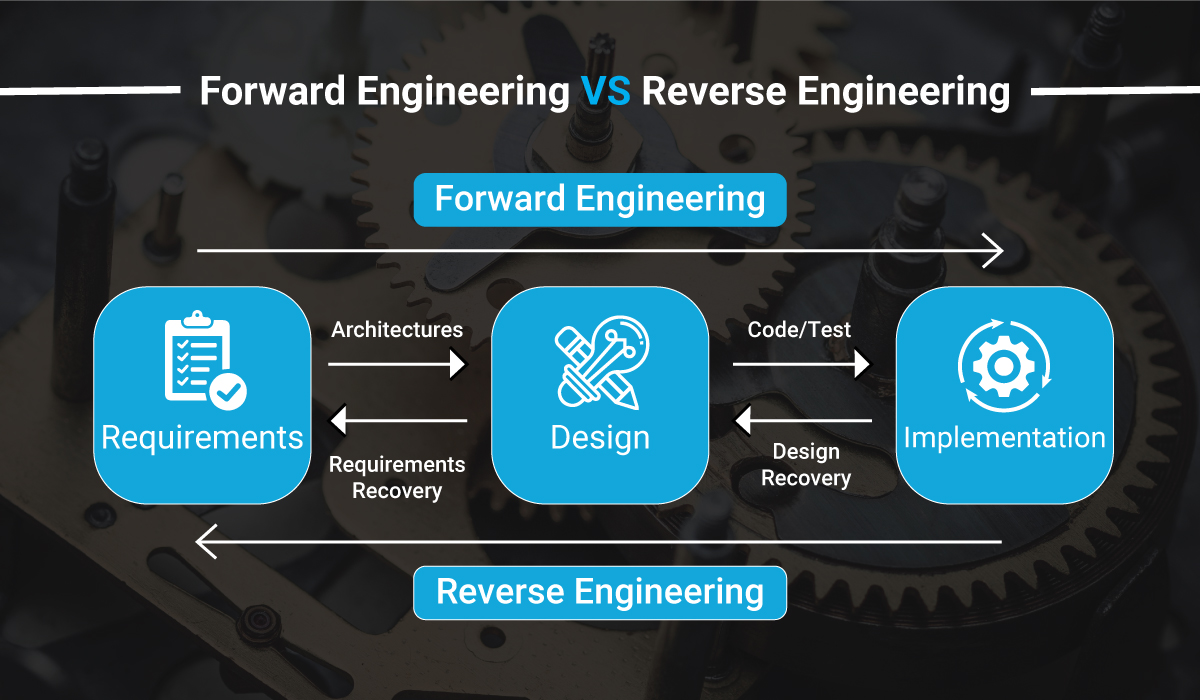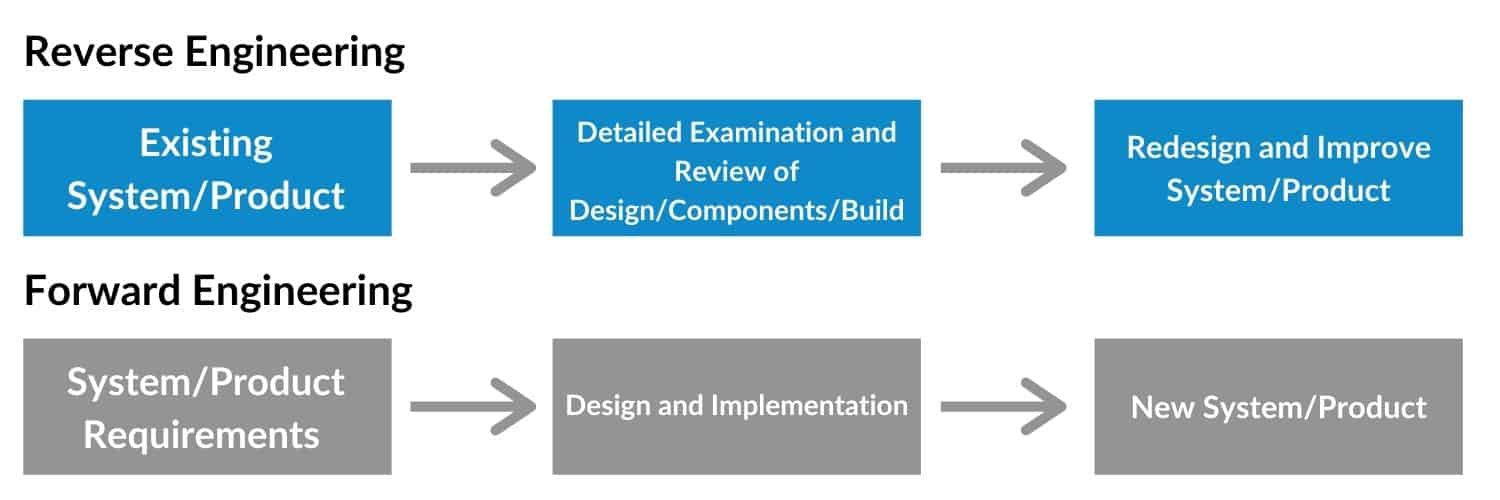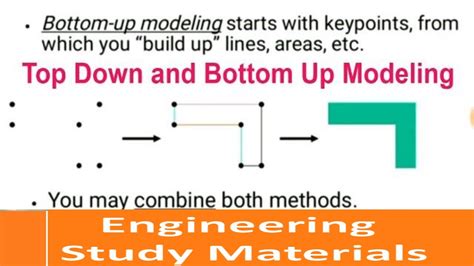In the ever-evolving world of software engineering, forward engineering plays a pivotal role in the development and deployment of high-quality software solutions. It involves the creation of software from scratch, starting from the initial concept and progressing through the various stages of design, development, and implementation. In this blog post, we will delve into the intricacies of forward engineering in software engineering, exploring its benefits, methodologies, challenges, and best practices.
Table of Contents:
1. Understanding Forward Engineering
2. Benefits of Forward Engineering
3. Methodologies in Forward Engineering
4. Challenges in Forward Engineering
5. Best Practices in Forward Engineering
6. Conclusion
1. Understanding Forward Engineering:
Forward engineering, also known as “code-first” or “model-to-code” approach, is the traditional process of software development that involves transforming conceptual, logical, and physical designs into executable code. It encompasses analyzing requirements, creating system models, designing software architecture, generating code, and ultimately implementing the software solution. Forward engineering follows a sequential workflow, ensuring that the development process adheres to the predefined specifications.
2. Benefits of Forward Engineering:
Forward engineering offers numerous advantages, making it an indispensable practice in software engineering. Some key benefits include:
a. Predictability: By following a structured and sequential approach, forward engineering ensures that software development progresses in a predictable manner. This allows for better planning, estimation, and resource allocation.
b. Maintainability: The code generated in forward engineering is typically well-structured, modular, and easy to understand. This enhances the maintainability of the software solution, enabling future updates, bug fixes, and enhancements to be implemented efficiently.
c. Scalability: Forward engineering enables software engineers to design and develop robust and scalable solutions. By considering future requirements during the development process, the software can easily accommodate changes and additions without significant rework.
d. Reusability: Forward engineering promotes the creation of reusable components and modules. This leads to increased productivity, reduced development time, and improved code quality.
3. Methodologies in Forward Engineering:
Various methodologies can be employed in forward engineering, each offering its own set of advantages. Some popular methodologies include:
a. Waterfall Model: The waterfall model is a linear sequential approach, where each stage of development occurs one after another. This method is ideal for projects with stable and well-defined requirements.
b. Agile Methodology: Agile methodologies, such as Scrum and Kanban, focus on iterative and incremental development. They prioritize flexibility, collaboration, and customer feedback, enabling quick adaptation to changing requirements.
c. DevOps: DevOps is a combination of development and operations, emphasizing collaboration and automation throughout the software development lifecycle. It ensures seamless integration between development, testing, and deployment, leading to faster delivery and higher quality software.
4. Challenges in Forward Engineering:
While forward engineering offers numerous benefits, it also presents certain challenges that software engineers must address. Some common challenges include:
a. Requirement Elicitation: Gathering accurate and complete requirements from stakeholders can be a complex and iterative process. Clear communication and active engagement with stakeholders are essential to mitigate this challenge.
b. Design Complexity: As software solutions become more intricate, designing a comprehensive and scalable architecture becomes increasingly challenging. Adopting industry-standard design patterns and architectural principles can help overcome this obstacle.
c. Quality Assurance: Ensuring the quality of the generated code is crucial for the success of forward engineering. Implementing effective testing strategies and employing continuous integration practices are necessary to identify and fix potential defects early in the development cycle.
5. Best Practices in Forward Engineering:
To ensure successful forward engineering, software engineers should adhere to best practices, including:
a. Requirements Validation: Validate requirements to ensure clarity, completeness, and consistency before proceeding with development. This helps to reduce rework and enhances customer satisfaction.
b. Modularity and Code Reusability: Design software modules that are modular, loosely coupled, and highly cohesive. Promote code reuse to improve efficiency and maintainability.
c. Version Control: Utilize version control systems to track changes, manage collaboration, and facilitate easy rollbacks. This ensures code stability and traceability throughout the development process.
d. Continuous Integration and Deployment: Automate the process of code integration, testing, and deployment using tools like Jenkins or GitLab CI/CD. This enables faster delivery, improved quality, and better team collaboration.
Conclusion:
Forward engineering is a fundamental aspect of software engineering that enables the creation of high-quality software solutions from concept to code. By following structured methodologies, addressing challenges, and implementing best practices, software engineers can navigate the path to success. Forward engineering empowers teams to build scalable, maintainable, and efficient software products that meet the evolving needs of businesses and end-users.
We hope this blog post has shed light on the significance of forward engineering in software engineering. If you have any thoughts, suggestions, or experiences related to forward engineering, please feel free to leave a comment below. Let’s engage in a conversation and continue to learn and grow together!
Forward Engineering : DbVis Software
This topic is migrated from our old forums. The original author name has been removed] hi, I’m new to dbvisualiser. I wanted to know if it supports … – support.dbvis.com

MySQL Workbench Manual :: 9.4.1.2 Forward Engineering … – MySQL
Use forward engineering to export your schema design to a MySQL server. Select the model that you wish to forward engineer and then choose the Database, … – dev.mysql.com

Difference Between Forward Engineering and Reverse Engineering
It applies to all the processes of software engineering that contain SDLC for recreating the existing application. The main aim of forward engineering here … – byjus.com

Difference Between Forward Engineering And Reverse Engineering
Apr 21, 2023 … … software. The key advantage of forward engineering is that it allows designers and engineers to create products that are customized to meet … – www.monarch-innovation.com

Difference Between Forward Engineering and Reverse Engineering …
It applies to all software engineering procedures that include the SDLC for recreating the present application. Here, forward engineering’s primary goal is … – www.javatpoint.com
Reverse Engineering vs. Forward Engineering
Reverse engineering, also known as backward engineering, is the process of collecting information from a given or existing product (e.g., a software package … – ghbintellect.com

Why is the “forward engineering” feature not working on mySQL …
Feb 18, 2016 … I installed MySQL Workbench software and I configured it to run on a live server .I created an EER-diagram and I can edit and modify the … – stackoverflow.com

What is Forward Engineering? – Definition from Techopedia
Jun 2, 2014 … It’s crucial to note, though, that reverse engineering is also a term widely used in IT to describe attempts to take a software product or other … – www.techopedia.com
Procedural Design In Software Engineering
Procedural Design In Software Engineering In the world of software engineering design plays a crucial role in determining the success of a project. One popular design approach is procedural design which focuses on breaking down a system into smaller manageable procedures or functions. These procedur – drawspaces.com

Top Down And Bottom Up Design In Software Engineering
Top Down And Bottom Up Design In Software Engineering In the world of software engineering design plays a crucial role in creating robust and efficient software systems. Two popular approaches to software design are top-down and bottom-up design. These approaches offer different perspectives and met – drawspaces.com

mysql – Forward engineer a Workbench model but with my own …
Feb 18, 2014 … In order to avoid qualified object identifiers (that include the schema) set the option as shown in the image for the forward engineering … – stackoverflow.com

Cycloid In Engineering Drawing
Cycloid In Engineering Drawing Cycloid// Engineering Drawing – YouTube Oct 24 2020 … Cycloid// Engineering Drawing. 401 985 views Oct 24 2020 Ellipse By Concentric Circle Method:https://youtu.be/rD8oPwdwgqg … …more. www.youtube.com https://www.youtube.com/watch?v=Rr1UhFOU8sg Technical Drawing – – drawspaces.com

Engineering By Design Process
Engineering By Design Process Engineering Design Process – TeachEngineering The engineering design process is a series of steps that guides engineering teams as we solve problems. The design process is iterative meaning that we … www.teachengineering.org Engineering Design Process | NASA Jan 30 20 – drawspaces.com

Scale For Engineering Drawing
Scale For Engineering Drawing In the world of engineering accurate drawings are crucial for the successful execution of projects. Whether it’s designing a building constructing a bridge or manufacturing a machine engineering drawings provide the necessary blueprints. One essential aspect of engineer – drawspaces.com

Process Of Engineering Design
Process Of Engineering Design What is the Engineering Design Process? A Complete Guide – TWI The engineering design process is a series of steps that engineers follow to find a solution to a problem. The steps include problem solving processes such … www.twi-global.com Engineering Design Process – – drawspaces.com

Lettering Of Engineering Drawing
Lettering Of Engineering Drawing Lettering In Engineering Drawing – [No.1 Comprehensive Guide] Lettering in Engineering drawing is the process of writing titles subtitles symbols dimension value notes and other elements on a drawing. qnaengine.com Technical Lettering Feb 21 2013 … Technical letter – drawspaces.com

Design Process For Engineering
Design Process For Engineering What is the Engineering Design Process? A Complete Guide – TWI The engineering design process is a series of steps that engineers follow to find a solution to a problem. The steps include problem solving processes such … www.twi-global.com Engineering Design Process – drawspaces.com

Design Process In Engineering
Engineering Process Design Engineering Design Process The engineering design process is a series of steps that engineers follow to come up with a solution to a problem. Many times the solution to a problem involves … /a /p !– /wp:paragraph — /div !– /wp:column — !– wp:column {width:20%} — di – drawspaces.com

Mechanical Engineering Autocad Drawing
Mechanical Engineering Autocad Drawing 29 AutoCAD Practice Drawings ideas | autocad isometric drawing … … Explore Valèt Quasar’s board AutoCAD Practice Drawings on Pinterest. See more ideas about autocad isometric drawing mechanical engineering design. www.pinterest.com Autodesk | 3D Design Engi – drawspaces.com
